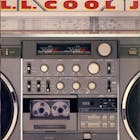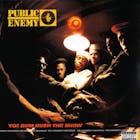
Classic Albums: 'Bigger And Deffer' by LL COOL J
Classic Albums: 'Bigger And Deffer' by LL COOL J
By Soren Baker
Published Tue, June 23, 2020 at 12:18 PM EDT
With his sophomore album, LL COOL J, the L.A. Posse, Bobcat, DJ Pooh, and Steve Ett literally and figuratively broke ground in Hip-Hop.
The break-up could have been devastating. Instead, it led to a groundbreaking collaboration.
Def Jam Recordings co-founders Rick Rubin and Russell Simmons were going their separate ways. Rubin, who had produced LL COOL J’s Radio album and the Beastie Boys’ Licensed To Ill LP for the iconic imprint, was no longer interested in working with Def Jam acts. Simmons, though, wanted LL to work on his second full-length project. Fortunately, Simmons had a solution.
“He had found this crew called the L.A. Posse,” LL COOL J says today. “They had a couple other acts that they were working with, including this cat Breeze. It felt like they made a lot records that sounded like they were inspired musically by what I was doing, so it just seemed like it would be really amazing to just get with them and do it for real.”
The resulting project, 1987’s Bigger and Deffer, includes the smash singles “I’m Bad” and “I Need Love.” It sold more than 2 million copies in six months at a time when a rap album selling 500,000 units was a rare feat. Bigger and Deffer also holds special significance as the first major collaboration between artists from the East Coast and West Coast. It was a remarkable accomplishment given rap’s recent emergence in the music business. Moreover, Los Angeles was just starting to nationally make its mark in rap, thanks largely to Ice-T.
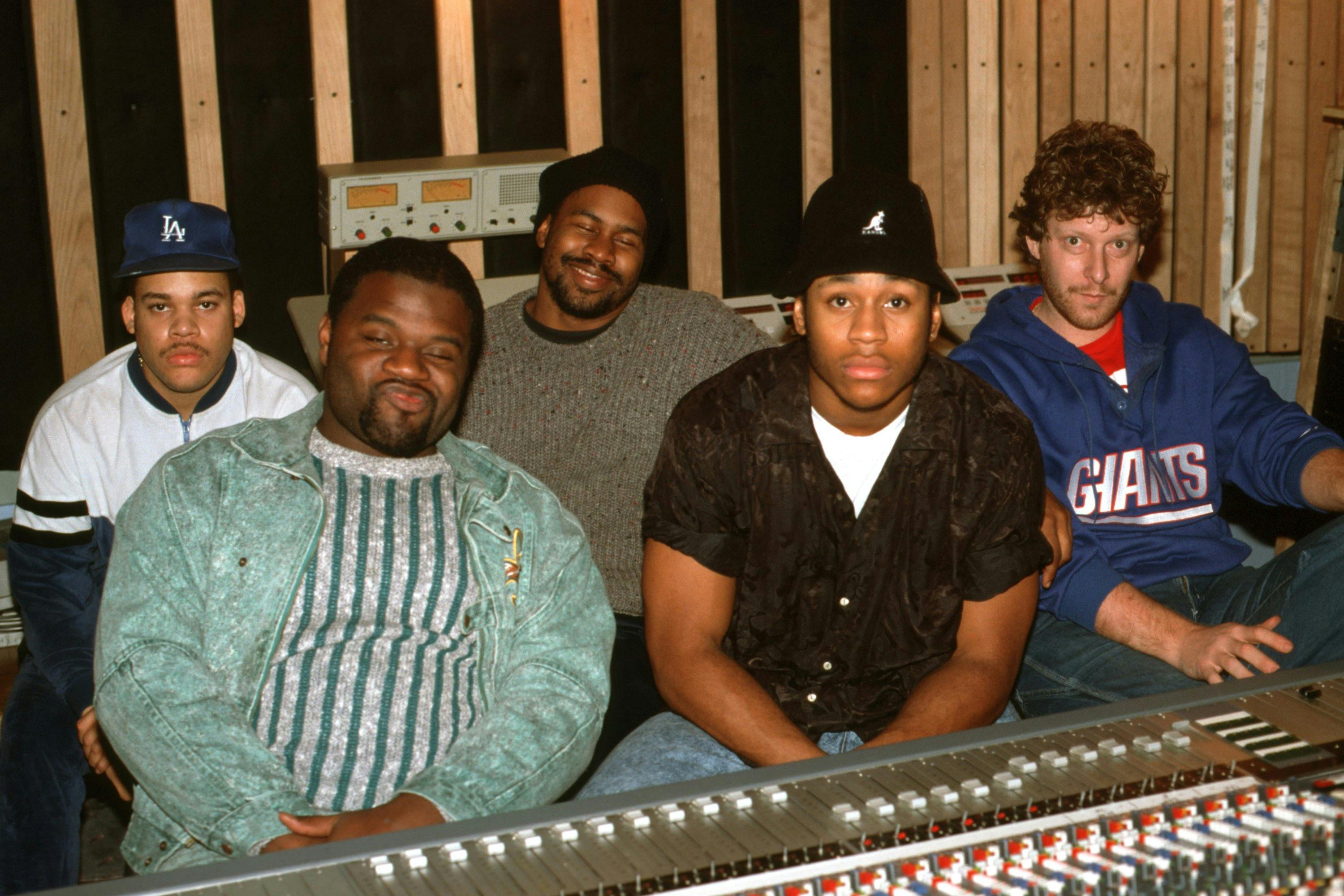
L.A. Posse is the two-man production team of Darryl “Big Dad” Pierce and Dwayne “Muffla” Simon. The crew included Bobby “Bobcat” Ervin and DJ Pooh. At the time, LL COOL J was one of rap’s early stars. His Radio album had already been certified gold, making him one of the first solo rap acts to earn the distinction. By comparison, the L.A. Posse was just getting started. The magnitude of the opportunity was not lost on them.
“It was epic because it was [LL],” Pierce says today. “It was a trip, man, because he was LL. He was already, in our minds, a superstar. We had butterflies and everything.”
After commuting between New York and Los Angeles, L.A. Posse eventually moved to New York, initially spending time in LL’s hometown of Queens before settling in Brooklyn as they worked on what would become Bigger and Deffer.
The differences between LL COOL J and the L.A. Posse proved instrumental in the album’s evolution. “We were West Coast dudes, LA dudes,” Pierce says. “We had a whole different vernacular. New York was a Hip-Hop culture. In LA, we had a gang culture. There was no Hip-Hop culture in LA. So when we’re getting to know each other and we’re talking about where we’re from, a lot of our conversations were telling and teaching him about the gang culture in LA.”
In addition to cultural differences, there were musical ones. Like Rubin, Muffla was proficient at the Roland 808 drum machine, the type of guy who, if you hummed him a beat, he could program it. Pierce helped out in a variety of roles, including writing and performing the cop part in “I’m Bad.” Bobcat had a different style of scratching than LL’s DJ, Cut Creator. Then there was DJ Pooh, who later wrote Friday with Ice Cube.
“Pooh was a lot of fun to work with, man,” LL COOL J says. “He’s creative, funny as hell. He’s one of the funniest dudes on the planet, man. Dude is hilarious.”
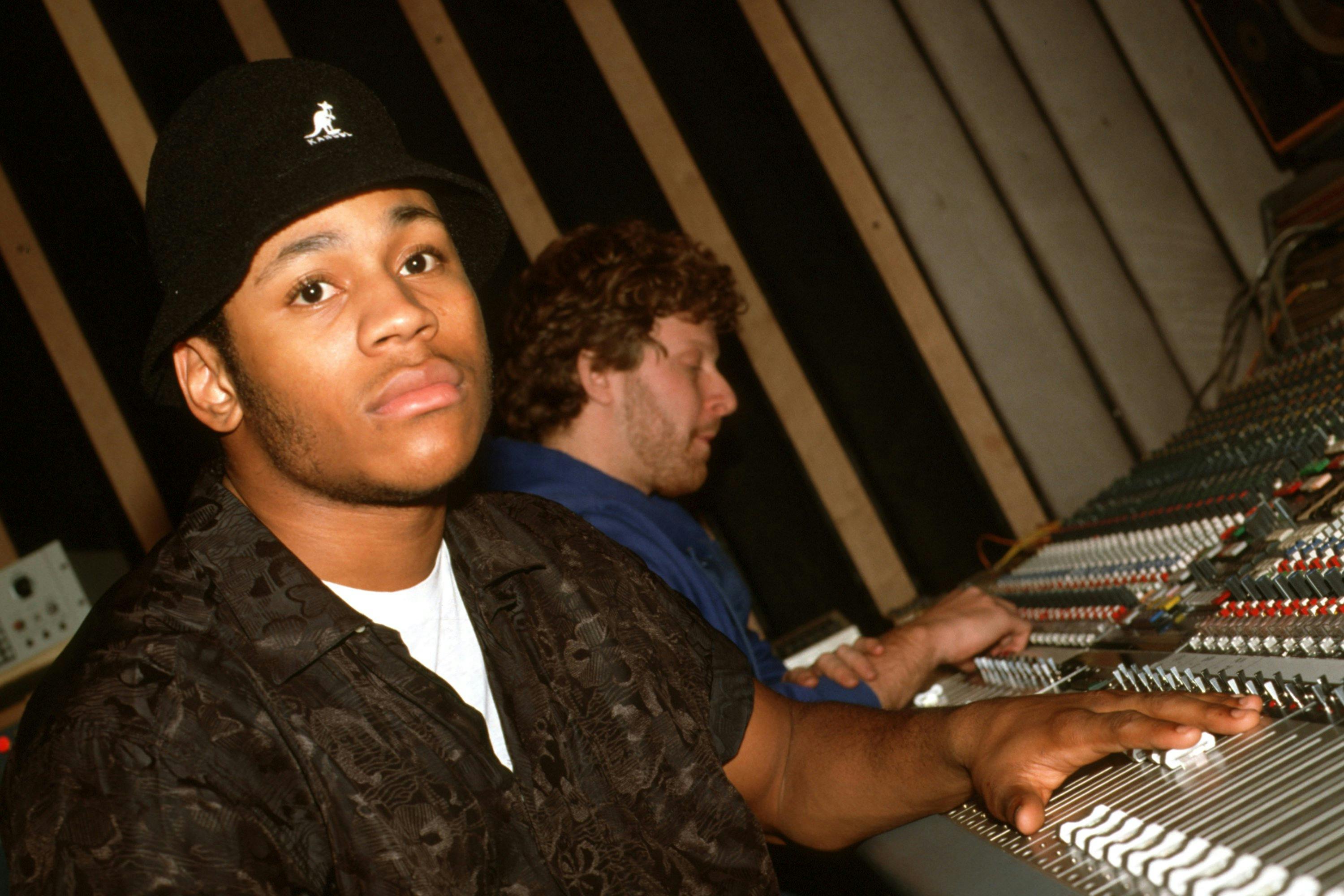
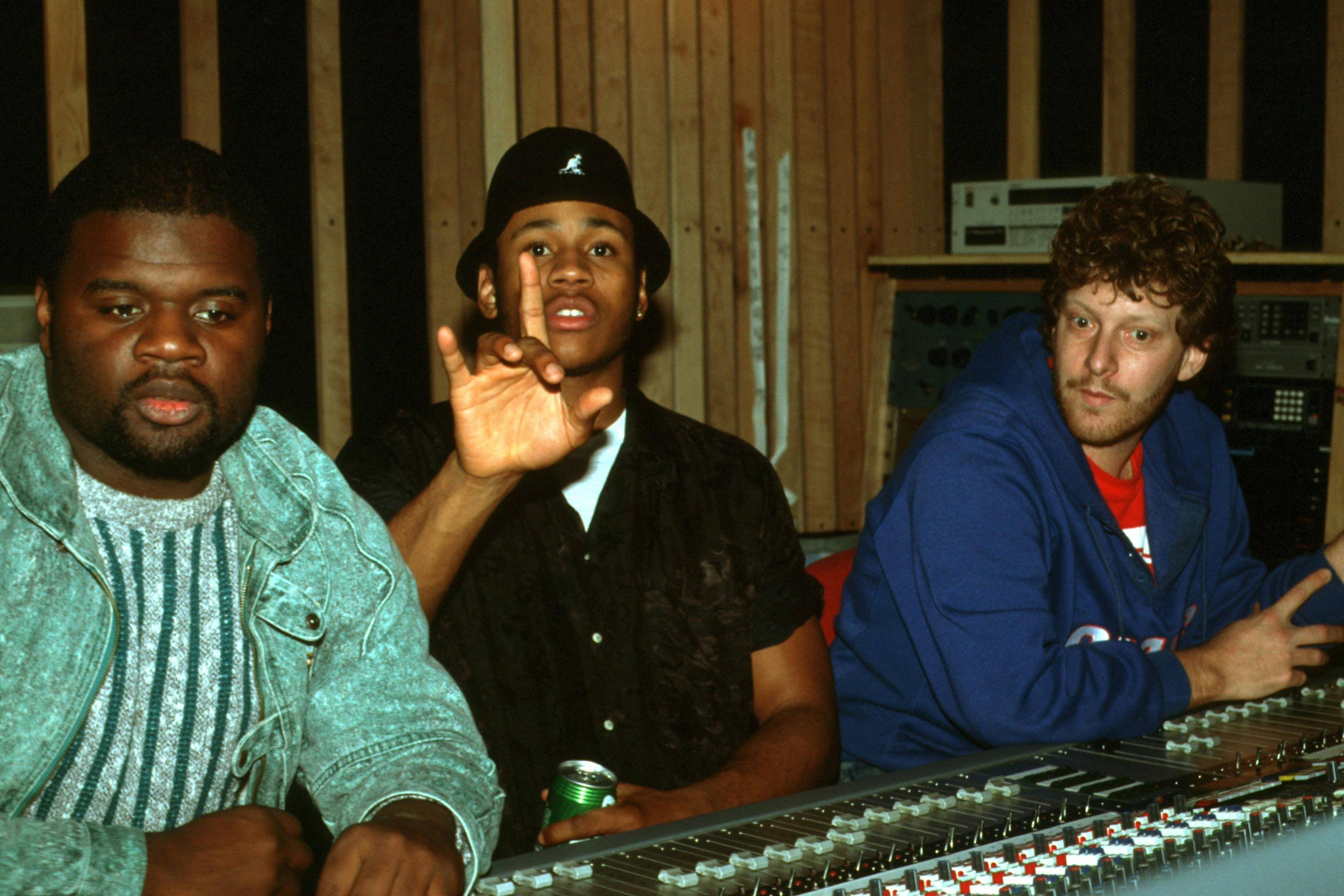
The late engineer and assistant producer Ett also helped refine and enhance the sound on the collection, one that solidified LL Cool J as one of rap’s first solo superstars. When LL went out to California to support Bigger and Deffer, he spent a lot of time with Bobcat, who took him to the hoods of Los Angeles. This was during the time of the explosion of gangs and crack in South Los Angeles.
“He’d be doing little house parties, a walk-through or just showing up,” Watts rapper and frequent DJ Pooh collaborator Kam says today. “So that was kind of big for us. That’s what made it mean something special. It also gave those producers way more credibility in a way, way more value in the street on the Hip-Hop level.”
While LL Cool J, the L.A. Posse, Bobcat, DJ Pooh, and Ett created something that would be looked at with a marketing angle or noteworthiness today, it didn’t even register that they had made history with rap’s first major East Coast-West Coast collaboration.
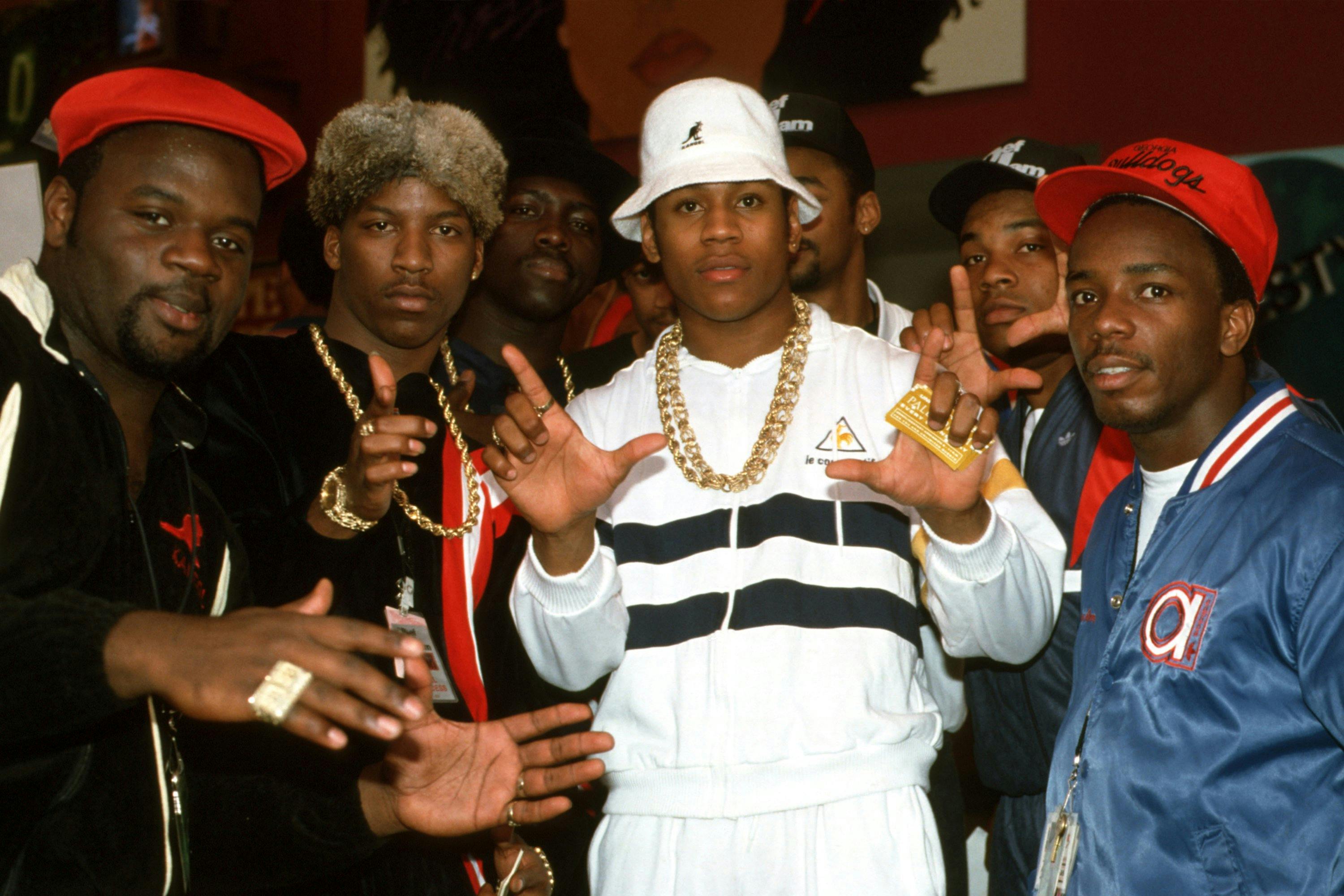
DROP YOUR EMAIL
TO STAY IN THE KNOW
“The market wasn’t even big enough for all that, and nobody even thought that way,” LL COOL J says. “It was just a totally different time. Remember, this is a time when rap music barely got played [on the radio] during the daytime. This is a time when it primarily only played on the weekends at night. This is a time when you had to have an absolute super-duper pop smash to get any type of normal kind of airplay."
"The marketing budgets were basically nonexistent."
“For the most part, you made it on just sheer talent, a little in promo, and not a lot of marketing," says LL COOL J. "You’d have some promo and shows, but really you just had to make it. If you were built for it, you can make it because there was no giant machine around and there was no Internet where you could end around the giant machine.
"It was like you had to get in where you fit in. [Making history with an East Coast-West Coast collaboration], that wasn’t even a thought. Plus, I didn’t even think in those terms. I never felt separated from the West Coast, from other parts of the country. That’s an idea that came later. That really came when many of the college-educated journalists and even people beyond that started coming into the game. They started segmenting the game and separating it and kind of analyzing it. They added an analytical side to the game that wasn’t there at that time. It was more art, and it was less science. I didn’t care that they were from Cali. I rep Queens hard, but I’ve always got love everywhere because I’ve never looked at any of the country as separate. I’ve never even seen it that way. It’s a reality that it is, but I didn’t see it that way.”
Looking back at one of his most creatively groundbreaking and best-selling albums, LL COOL J fondly recalls the art and the process.
“We got together and we made a lot of magic, man,” LL COOL J says. “We had a lot of fun. We were just little kids really just playing and experimenting. We were in the studio, playing with samples, playing with music, coming up with ideas here and there, and just always figuring out new ways to do stuff. And it was great.”

